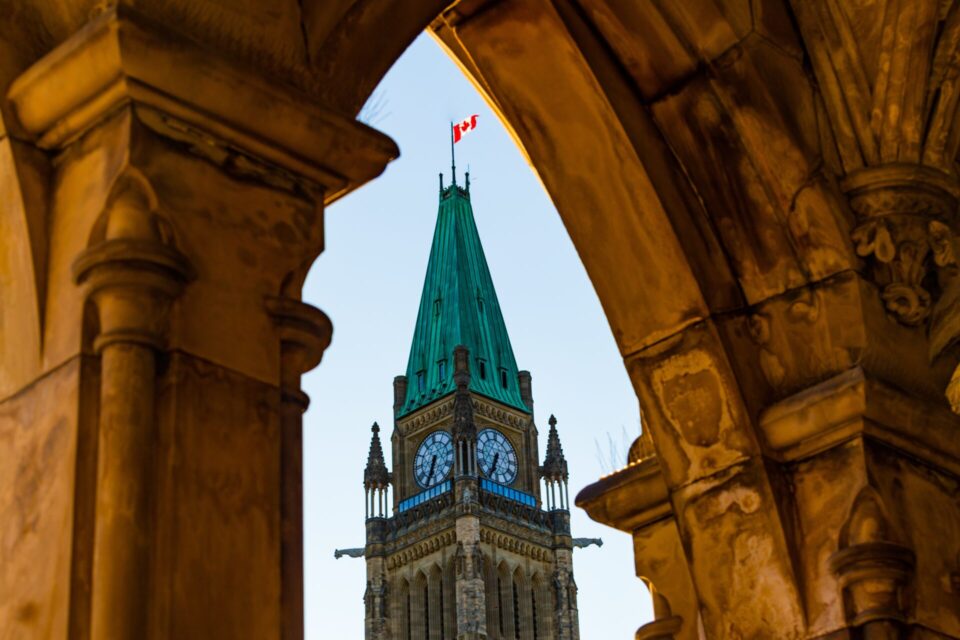What to do when you can’t pay your tax bill
April 16, 2019Coming clean with the tax authorities
May 24, 2019Both changes in the job market and increases in real estate prices over at least the past decade have made the goal of home ownership an elusive or even impossible one for many Canadians, especially younger Canadians.
There is no single solution for the multiple factors which prevent many Canadians from getting that first toehold on the “property ladder”. However, changes announced in this year’s federal Budget seek to make it a bit easier to become a first-time home owner.
Those changes involved the expansion of an existing program — the Home Buyers’ Plan, which allows first-time home buyers to use funds withdrawn from their registered retirement savings plans (RRSPs) to make part or all of a down payment on a home purchase. Any such amounts can be withdrawn tax-free, but must then be re-contributed or repaid to the RRSP in prescribed amounts, and on a prescribed schedule, over the next 15 years.
While access to the HBP is limited to first-time home buyers, the definition of that term is more expansive than it might seem. Under the HBP rules, a first-time home buyer is someone who has not owned and lived in a home either in the current year or any of the four previous years. Where that person is married, his or her spouse must also meet the same criteria.
Where an individual and his or her spouse meet the HBP criteria, each could withdraw up to $25,000 from his or her RRSP and use those funds for a down payment. The Budget measures propose to increase the maximum amount which can be withdrawn from an RRSP under the HBP from $25,000 to $35,000. Consequently, a couple can now withdraw up to $70,000 under the HBP, as the change is effective for withdrawals made under the HBP after the Budget date of March 19, 2019.
One further change to the HBP program was announced in the Budget, and that change applies where a marriage or common-law partnership breaks down. When spouses separate, it is often the case that one or both of them must purchase another home. The Budget measures propose to extend access to the HBP for individuals who are in that situation, regardless of whether they meet the definition of first-time home buyer.
Where a former spouse purchases a new residence using the HBP, any previous place of residence must, in most instances, be disposed of within two years after the end of the year in which the HBP withdrawal is made.
The change providing increased access to the HBP on the breakdown of a marriage or common law partnership is effective for HBP withdrawals made after the end of 2019.
More details of the rules governing the HBP can be found on the CRA website at https://www.canada.ca/en/revenue-agency/services/tax/individuals/topics/rrsps-related-plans/what-home-buyers-plan.html.
The information presented is only of a general nature, may omit many details and special rules, is current only as of its published date, and accordingly cannot be regarded as legal or tax advice. Please contact our office for more information on this subject and how it pertains to your specific tax or financial situation.


